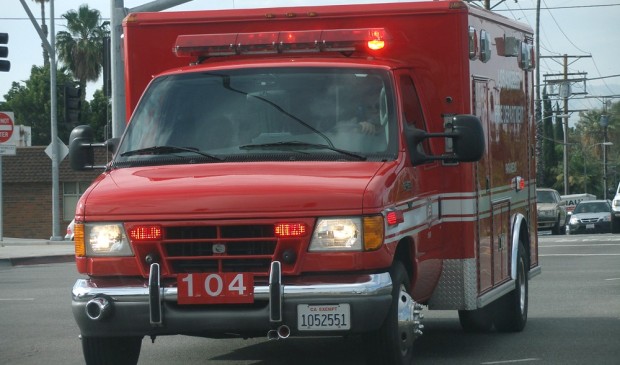Suicides highlight rift between EMS staff, managers
Tuesday, January 27, 2015 by
Gene Davis A second suicide by an Austin-Travis County Emergency Medical Services first responder within the past seven months has heightened visible tensions between the department’s leadership and its employees.
And while multiple EMS first responders took to Facebook earlier this month to blast the departmental leadership following the suicide of a medic, Austin-Travis County EMS Association President Tony Marquardt said he wants to resolve the issues and policies that he believes harm the department.
“I think (EMS leadership) needs to take a step back and look at specific things in their backyard and accountability at every level,” he said. “They need to take care of their front line.”
Meanwhile, EMS Chief James Shamard said the department’s priority continues to be taking care of the first responders. He said that working as an EMS first responder is “tough, hard work,” and that the department does everything in its ability to lend support. He noted the Health and Wellness Center, which has several nurses, an exercise physician and a psychologist and is shared with the Austin Fire Department.
Marquardt said there is no way to know what caused the two EMS first responders to take their own lives. However, he said EMS leadership should reconsider a policy that requires employees to disclose their medical history, which would include whether they take antidepressants, to a city doctor. Marquardt said that the policy, combined with what he believes is a department that conducts too many case reviews, could potentially scare away employees from seeking the help they might need.
But Shamard said the department’s health policy is in place to help employees. The policy recently switched from a voluntary to mandatory fitness and wellness assessment. He said a recent health assessment of an employee caught a serious issue, which the employee then got professionally treated.
“That is absolutely what it is designed to do,” Shamard said.
A November briefing on Ebola made clear the disconnect between Marquardt, on behalf of EMS employees, and Shamard. During a Public Safety Commission meeting, Marquardt said that the protective gear needed to confront a potential Ebola patient did not fit every EMS first responder.
“This is definitely alarming for our front-line provider who is being asked to interact with a potentially deadly disease,” he said.
For his part, Shamard said in the Ebola briefing that the EMS protective gear “far exceeds” what is needed to confront the disease. He added that the department immediately addressed the few EMS employees who found their protective gear did not fit after trying the gear on.
“We want our providers to be able to go into the situations when necessary, be able to take care of patients appropriately, and be safe in doing it,” Shamard said. “At least, from my perspective, we have invested a lot into that.”
Photograph by Coolcaesar on May 19, 2006
You're a community leader
And we’re honored you look to us for serious, in-depth news. You know a strong community needs local and dedicated watchdog reporting. We’re here for you and that won’t change. Now will you take the powerful next step and support our nonprofit news organization?











